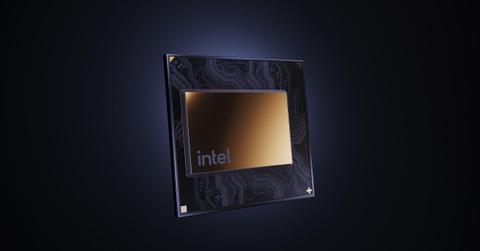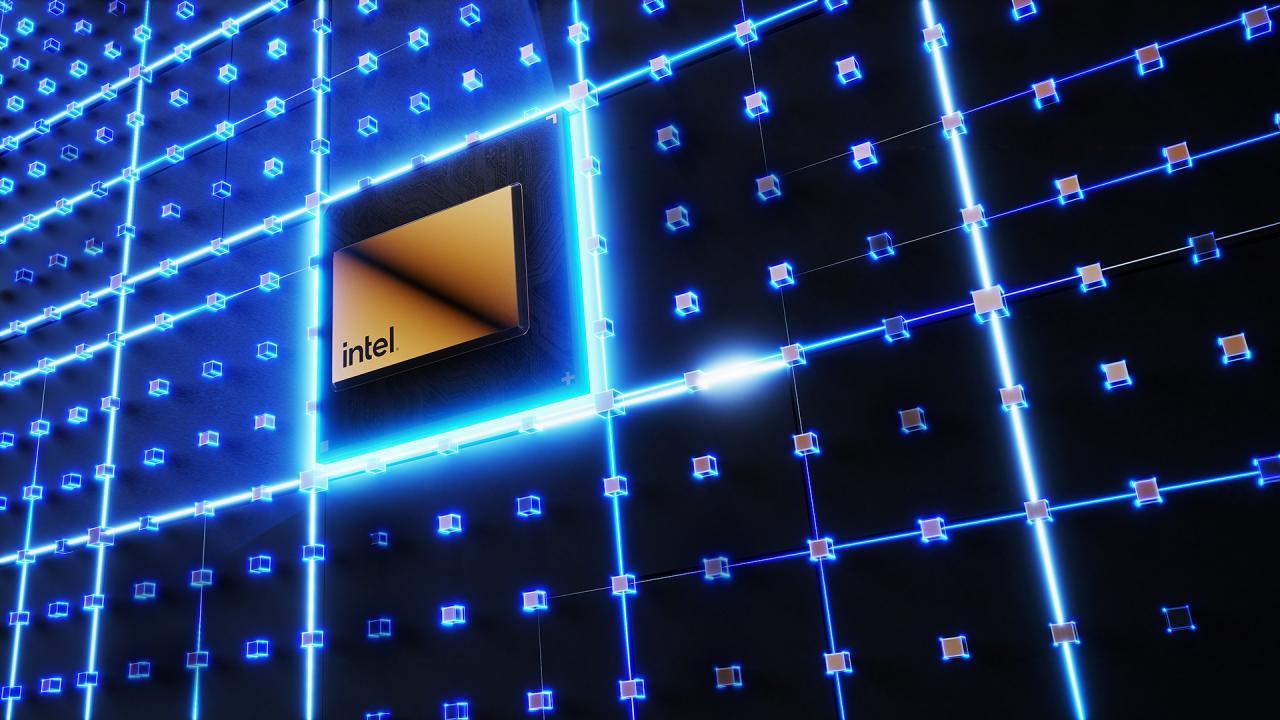What Intel’s New Crypto Mining Chip Can Do for Blockchain Technology
Intel just launched its new Bitcoin (BTC) mining chip, a small element that could make a huge difference in the state of blockchain technology.
April 6 2022, Published 11:36 a.m. ET
While many in the cryptocurrency community have been waiting for Ethereum’s proof-of-stake consensus layer (formerly known as Ethereum 2.0) to make transactions more environmentally friendly, Intel (INTC) has been working in a different direction: the company just launched a Bitcoin (BTC) mining chip that increases efficiency on Bitcoin’s proof-of-work blockchain.
Intel’s BTC mining chip reportedly “provides customers with energy-efficient hashing for proof-of-work [PoW] consensus networks,” according to a press release. Here’s what to know about Intel’s foray into crypto mining.
Intel announces new ASIC mining chip for the Bitcoin blockchain
Intel’s new application-specific integrated circuit (ASIC) Bitcoin mining chip targets existing consensus mechanisms by making them more efficient, rather than seeking to change the underlying technology of a blockchain. Intel is calling the technology "Blockscale," based on its ability to efficiently scale computing for blockchain technology.
Intel recognizes the environmental criticism of PoW consensus mechanisms, stating, “This growing pool of computing power requires an enormous amount of energy.” This effort is in line with Intel’s sustainability goals, one of which is achieving carbon-neutral computing by 2030. Intel's previous version of the ASIC wasn't focused on sustainability and hash rate scaling, but the second-generation chip is prioritizing both.
What Intel’s BTC mining chip actually does
According to Jose Rios, general manager of blockchain and business solutions in the Accelerated Computing Systems and Graphics Group at Intel, “The Intel Blockscale ASIC is going to play a major role in helping Bitcoin mining companies achieve both sustainability and hash rate scaling objectives in the years ahead.”
So, what does this mean? The dedicated secure hash algorithm (SHA-256) ASIC processor chip features:
Up to 580 GH/s (giga hashes per second) hash rate operating and up to 26 J/TH (joules per terahash) power efficiency.
Temperature- and voltage-sensing capabilities on the chip itself.
Support for up to 256 integrated circuits per chain.
A reference hardware design and software stack to accompany it (meaning the chip will ship by itself rather than as a complete mining system—the current industry norm).
When will Intel ship its Bitcoin mining chip?
Intel says it will ship the ASIC chip in Q3 2022. The tech company says it uses silicon to create the chip. Gases used in chip production include C4F6, neon, and helium. If production goes well, Intel’s new offering could increase the availability of cryptocurrency miners by expanding access to critical technology.
So far, crypto mining companies such as Argo Blockchain, Block (formerly Square), Hive Blockchain, and GRIID Infrastructure have already reserved orders for the Intel Bitcoin mining chip. Intel says, “In 2023 and beyond, Intel will be working with and supplying prospective customers who share the company’s sustainability goals.”
Ultimately, Intel’s response to the need for an “ultra-low-voltage energy-efficient Bitcoin mining ASIC,” as the company said at this year’s International Solid-State Circuits Conference, is already taking off. It could change blockchain’s fate, especially for those continuing to operate on a PoW protocol.


